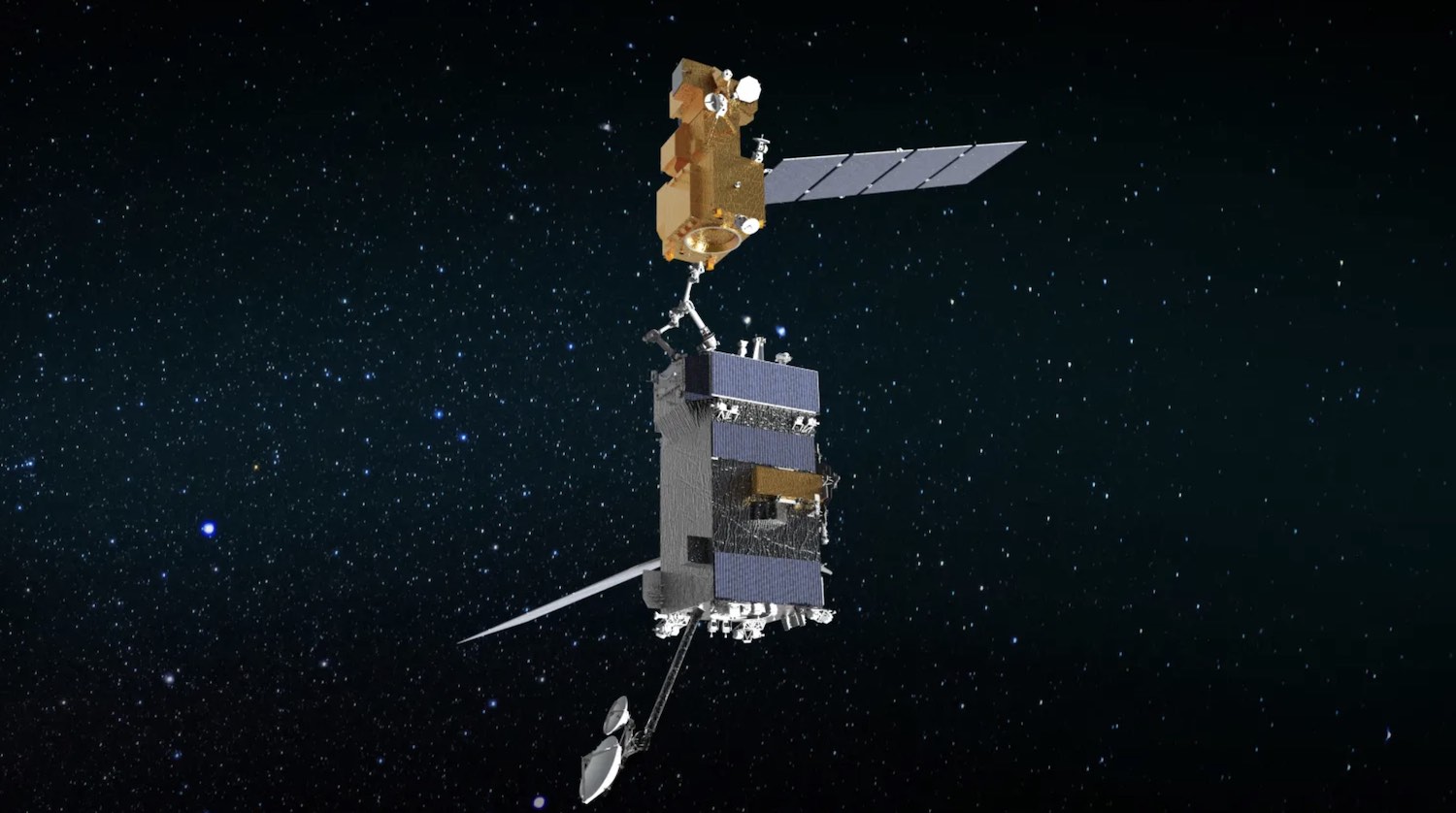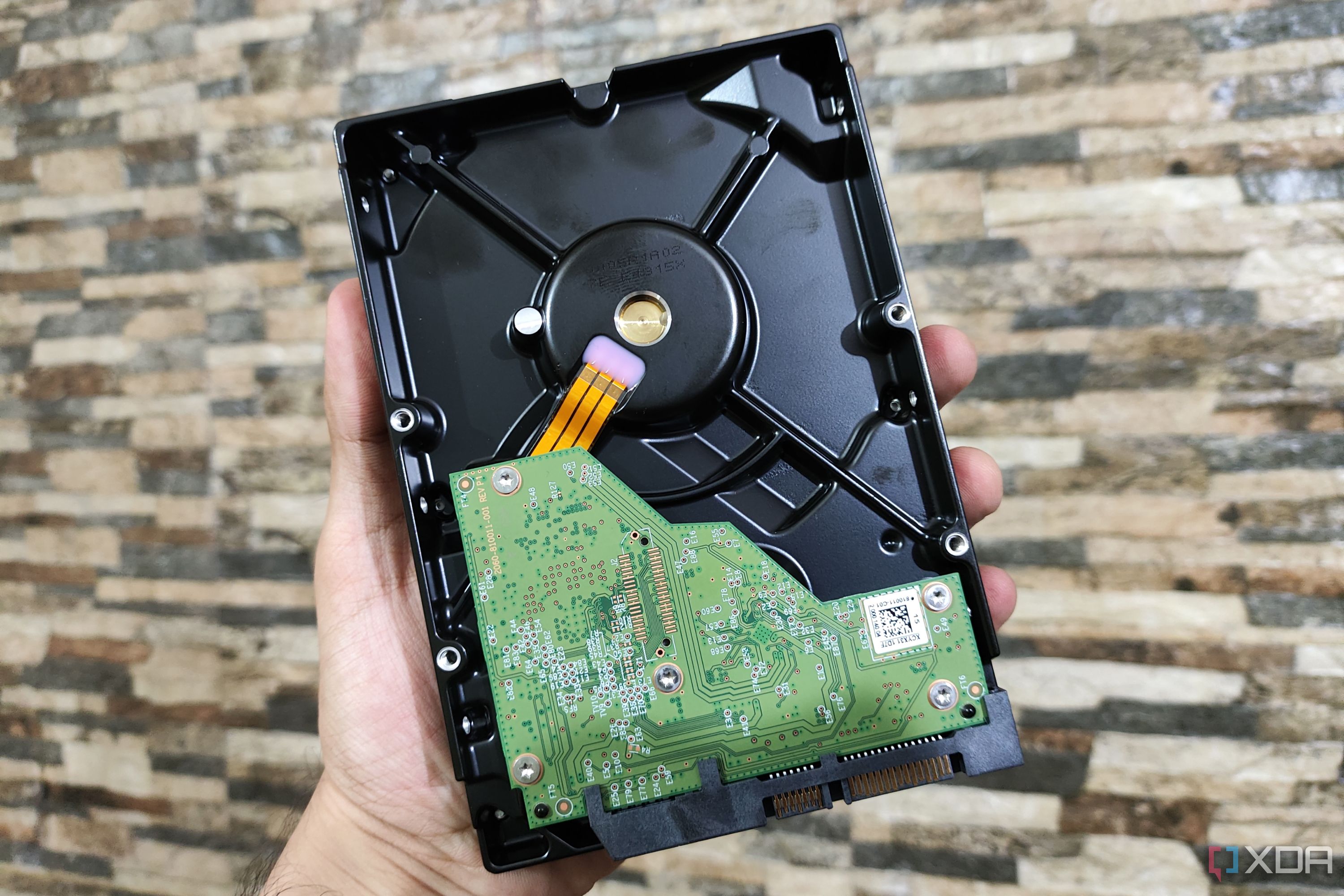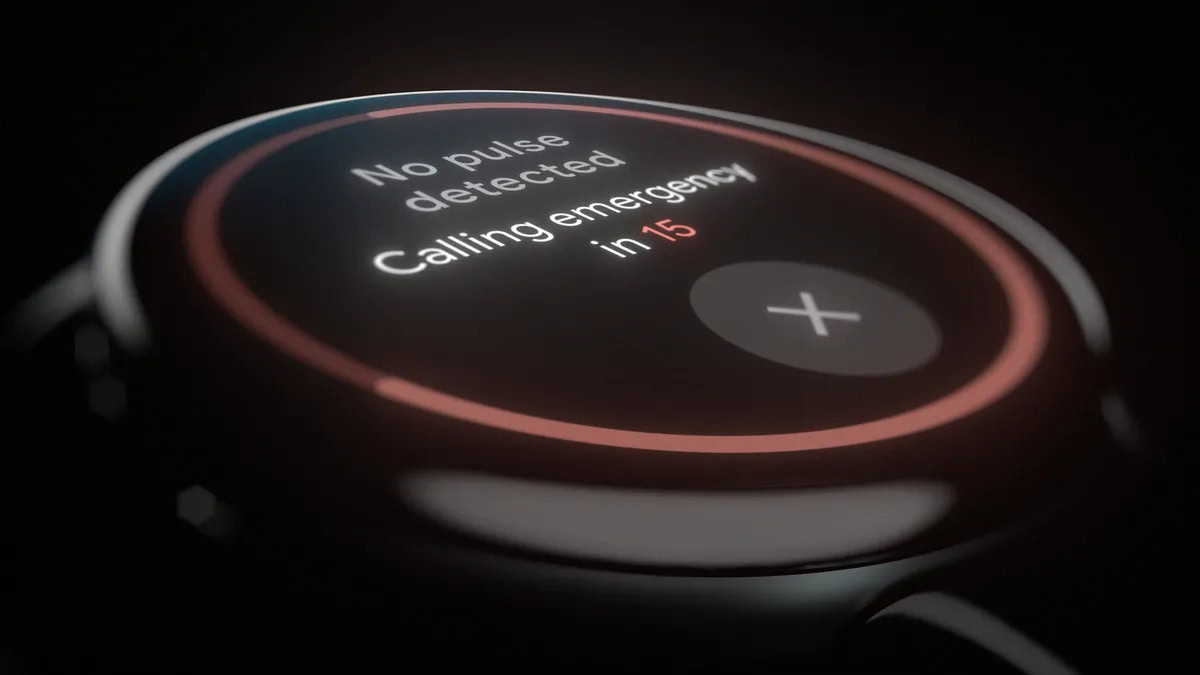Scientists Puzzled When Mars Rover Finds Egg-Like Rock
The bizarre Martian rocks just keep on comin'. NASA's Perseverance Rover has stumbled across an extremely strange rock that's "astonished" scientists while exploring the rim of the Jezero crater on Mars. Nicknamed "St Pauls Bay," the rock is made up of hundreds of densely packed, millimeter-sized dark spheres — like an insect's slimy egg cluster. These "spherules," as they're known, are heterogeneous. As seen in a closeup taken with Perseverance's SuperCam Remote Micro Imager, some of them appear more elliptical while others are more angular. Stranger still, some spherules have tiny pinholes through their centers. In short, it's nothing like […]


Who said there's an egg crisis?
NASA's Perseverance Rover has stumbled across an extremely strange rock that's "astonished" scientists while exploring the rim of the Jezero crater on Mars.
Nicknamed "St. Pauls Bay," the rock is made up of hundreds of densely packed, millimeter-sized dark spheres — not unlike an insect's slimy egg cluster.
These "spherules," as they're known, are somewhat heterogeneous. As seen in a closeup taken with Perseverance's SuperCam Remote Micro Imager, some of them appear more elliptical while others are more angular. Stranger still, some spherules have tiny pinholes through their centers.
In short, they're nothing like the rocks that make up the surrounding landscape, which are lighter and flatter.
I'm finding bumpy rocks on this side of Mars, too!
While different than yours, these spheres are created when droplets of molten rock are thrown into the air by volcanoes or meteorite impacts. The droplets cool as they travel, forming round shapes. https://t.co/w0b59yw3Sk pic.twitter.com/ueJY9mM0Ku
— NASA's Perseverance Mars Rover (@NASAPersevere) March 27, 2025
NASA scientists have encountered puzzling spherules in the past. As far back as 2004, the Mars Opportunity rover, during its expedition in the Meridiani Planum, spotted what's come to be known as "Martian Blueberries" — loose, smoothly surfaced pebbles, each roughly an inch across. And last year, Perseverance found light-colored sedimentary rocks with an uneven "popcorn-like" texture.
In keeping with the appetizing analogues, these latest instances of spherules, found on a slope of the Jezero's crater's western rim called Witch Hazel Hill, are more like geological Dippin' Dots.
Whereas previous spherules were thought to be concretions — the result of groundwater flowing through sediment and depositing minerals that clump around small nuclei of rocks, forming a larger ovoid over time — it's not clear what formed St. Pauls Bay.
Some spherules form when droplets of molten rock spewed in a volcanic eruption rapidly cool. Mars, home to the largest volcano in the solar system, has a long history of volcanism, so this could be the case. But spherules can also form by rocks that are vaporized in a meteorite strike, which condense into an ovoid in the aftermath; Mars is routinely bombarded by space rocks.
Right now, it's impossible to determine St. Pauls Bay's origins because it's a float rock, a type of loose rock that's not part of the surrounding bedrock and originated from somewhere else.
The search, however, is far from over.
"The team are now working to link the spherule-rich texture observed at St. Pauls Bay to the wider stratigraphy at Witch Hazel Hill, and initial observations have provided tantalizing indications that it could be linked to one of the dark-toned layers identified by the team from orbit," Alex Jones, a Mars researcher at Imperial College London, wrote in a NASA blog. "Placing these features in geologic context will be critical for understanding their origin, and determining their significance for the geological history of the Jezero crater rim and beyond!"
More on Mars: Readings Show Evidence of Huge Ocean Under Mars' Surface
The post Scientists Puzzled When Mars Rover Finds Egg-Like Rock appeared first on Futurism.










![At a Glance bug causing weather sync issues, forecast delays on Pixel [U]](https://i0.wp.com/9to5google.com/wp-content/uploads/sites/4/2024/03/At-a-Glance-v1.jpg?resize=1200%2C628&quality=82&strip=all&ssl=1)





























































































































